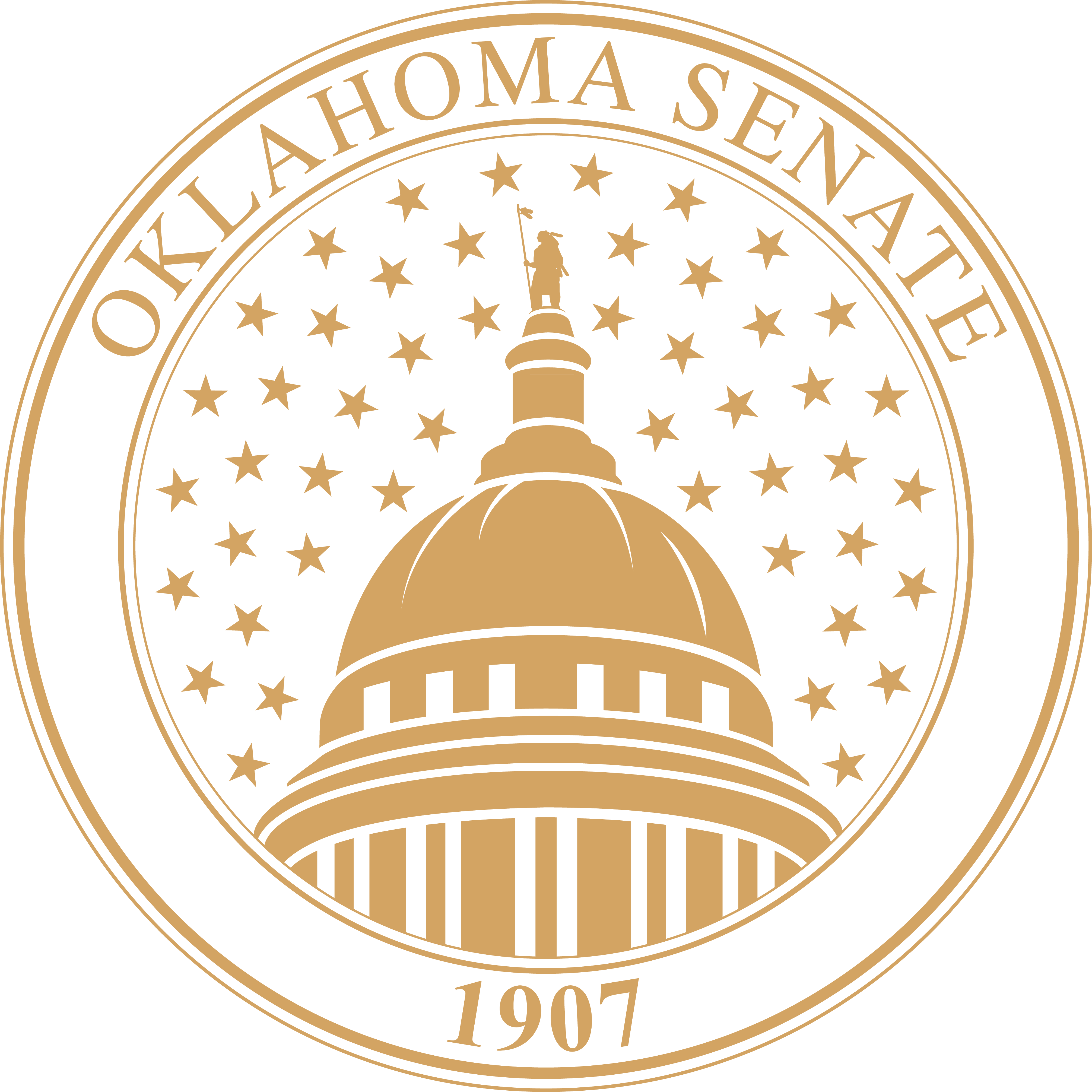Budget Break Down
Equalization certified that the Legislature would have more than $10.4 billion available to appropriate for Fiscal Year 2023, which begins this July 1. A lot of people are very excited about that figure, including me. But when we start drilling down into those numbers, what we’ve learned from past budget years and how we prepare for those to come, it’s clear we need to take a thoughtful, conservative approach.
The first thing to keep in mind is that we must base our budget on recurring revenue. Of that $10.4 billion, we have about $1.3 billion made up of one-time carryover funds and special cash from previous sessions. Those are dollars we could use for one-time investments and to bolster savings, but we must not build that money into the budget for ongoing expenses. When that happens, you just create a hole down the line when those funds are not available. That’s why it’s so important to take a look back before planning for the future. My first year in the Legislature, the state was facing a $600 million hole. The next year it was $800 million, then my third year, it was more than $1 billion. I don’t ever want us to be in that situation again.
Under the state constitution, the Legislature is allowed to spend up to 95% of the projected revenues in a fiscal year, to ensure there’s a small cushion in case collections come in lower than anticipated. Given all we’ve been through in recent years, instead of spending that 95%, I’d like to look at keeping that figure at around 90 or 91%, holding back more for future years, because we know at some point, we’re going to need it.
I think it’s important to acknowledge that we’re also living in uncertain times economically with unusual circumstances we’ve not been faced with before. We’ve had all kinds of federal money flow into Oklahoma, including the Payroll Protection Program (PPP) loans, which brought over $8 billion into the state—plus we don’t even have the figures on the child tax credits. We also need to look at the 7.5 or 7.9% inflation that drives our sales tax collections up. If you’re paying more for a car, an appliance, home or just about anything, you’re going to be paying more taxes on that. All of those are up, and as that inflationary number begins to track down, Oklahoma’s income is also going to come down.
While oil and gas prices are not at record highs, they are definitely up—we’ve been seeing $114-$120 a barrel, but as an oil and gas state, we know from experience those prices are not going to last. That history tells us when the prices come down, it can happen fast. We’ve got to be prepared for that, which means taking a very conservative approach.
That doesn’t mean we’re not going to take into consideration the need to fund our core services. Our schools need to be taken care of, along with public safety, health and mental health and our transportation system, and those are our priorities as we continue through the budget process.
We will be working diligently with our counterparts in the House of Representatives to build a budget that we believe will be good for Oklahoma, not just this coming fiscal year, but in the years to come.
-END-
For more information, contact: Sen. Roger Thompson at 405-521-5588 or email Roger.Thompson@oksenate.gov.
 Oklahoma Senate
Oklahoma Senate

